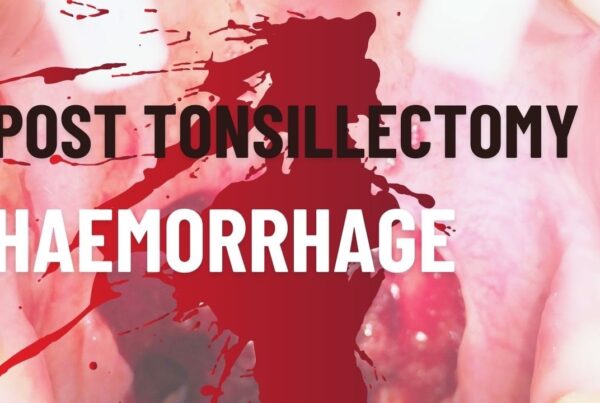Sudden loss of vision is a potentially disastrous event. It is stressful, in fact, may be significantly debilitating for the patient. But it can also change your ‘state’, as a doctor. Especially if you don’t see this often……..and none of us do!
The first question I always ask is: Is it unilateral or bilateral? Hmm….we’ll talk about bilateral another time.
It’s unilateral and painless, now what?
I want to make sure that there is no history of trauma, or floaters, or progressive degenaration.
If the story is one of stroke-like acute progression, I’m thinking of:
-amaurosis fugax
-central retinal artery or vein occlusion.
I want to know how quickly it occured. Rapid onset(seconds) may indicate arterial and slower onset(minutes) may indicate venous.
Test the visual acuity, fields etc and look for an afferent pupillary defect. We went through the afferent pupillary defect in detail at the EMCORE this year. I will redo in another email blast soon.
Usually a retinal artery occlusion presents with a complete visual loss, whereas with a venous occlusion, the patient will see outlines etc.
You want to do the ECG looking for AF, you’ll consider the CT, but lets look at the fundi.
If unilateral: Is it painful?
If the answer is yes, then my differential starts with:
–glaucoma
–temporal arteritis
–Neuritis or
-inflammatory causes such as scleritis, keratitis and endophthalmitis
NOW DESCRIBE THIS FUNDUS.
A pale optic disc and a ‘cherry red spot (the fovea).
Probable diagnosis? Central retinal ARTERY occlusion.
WHAT IF THE FUNDUS LOOKED LIKE THIS?
Tortuous dilated veins.
Sometimes called the ‘tomato sauce’ fundus or the ‘blood and thunder’ fundus.
It is more typical of Retinal VEIN occlusion.
HOW SHOULD WE TREAT THE RETINAL ARTERY OCCLUSION?
It’s important to say that there is not much you can do in the ED for the VEIN occlusion. Certainly there may be something that can be done for the artery occlusion.
Always assume an EMBOLIC cause, but there may be others.
Window of opportunity to permanent loss is 60-120 minutes. There needs to be an urgent ophthalmology consult.
The aim is to DECREASE THE PRESSURE IN THE EYE and potentially MOVE THE THROMBUS BACK into a larger vessel.
Try digital massage – pressure on for 10 seconds then sudden release – do this for a few minutes.
Consider acetazolamide, hypercarbia and diuretics.
Ophthalmology may be able to perform anterior chamber paracentesis.










